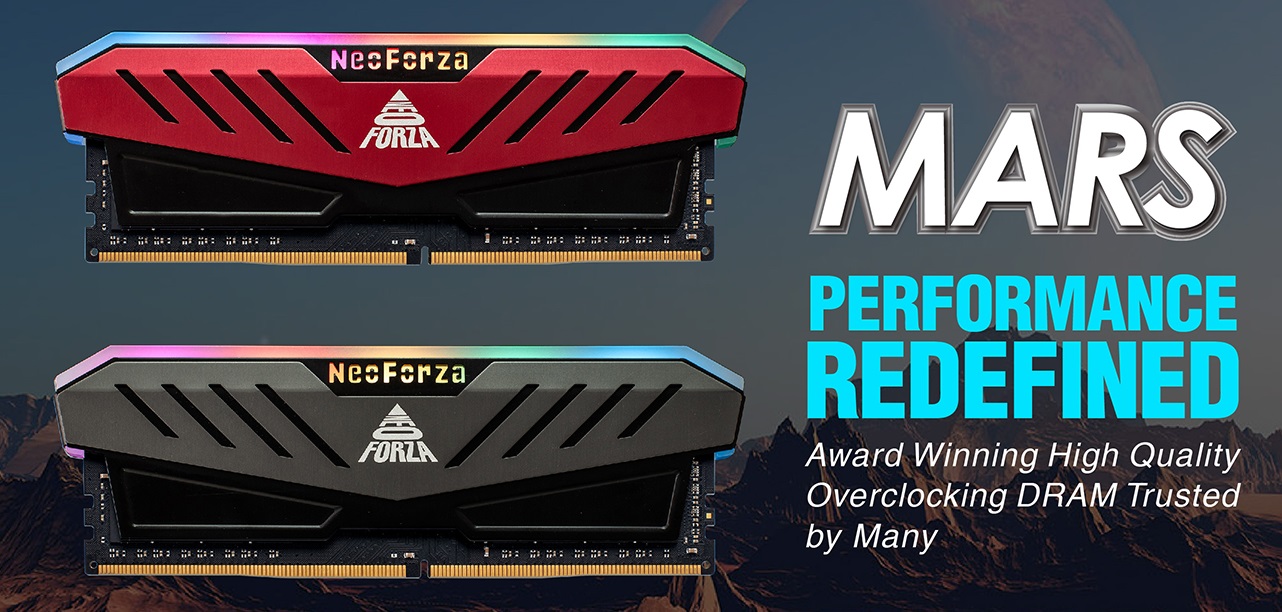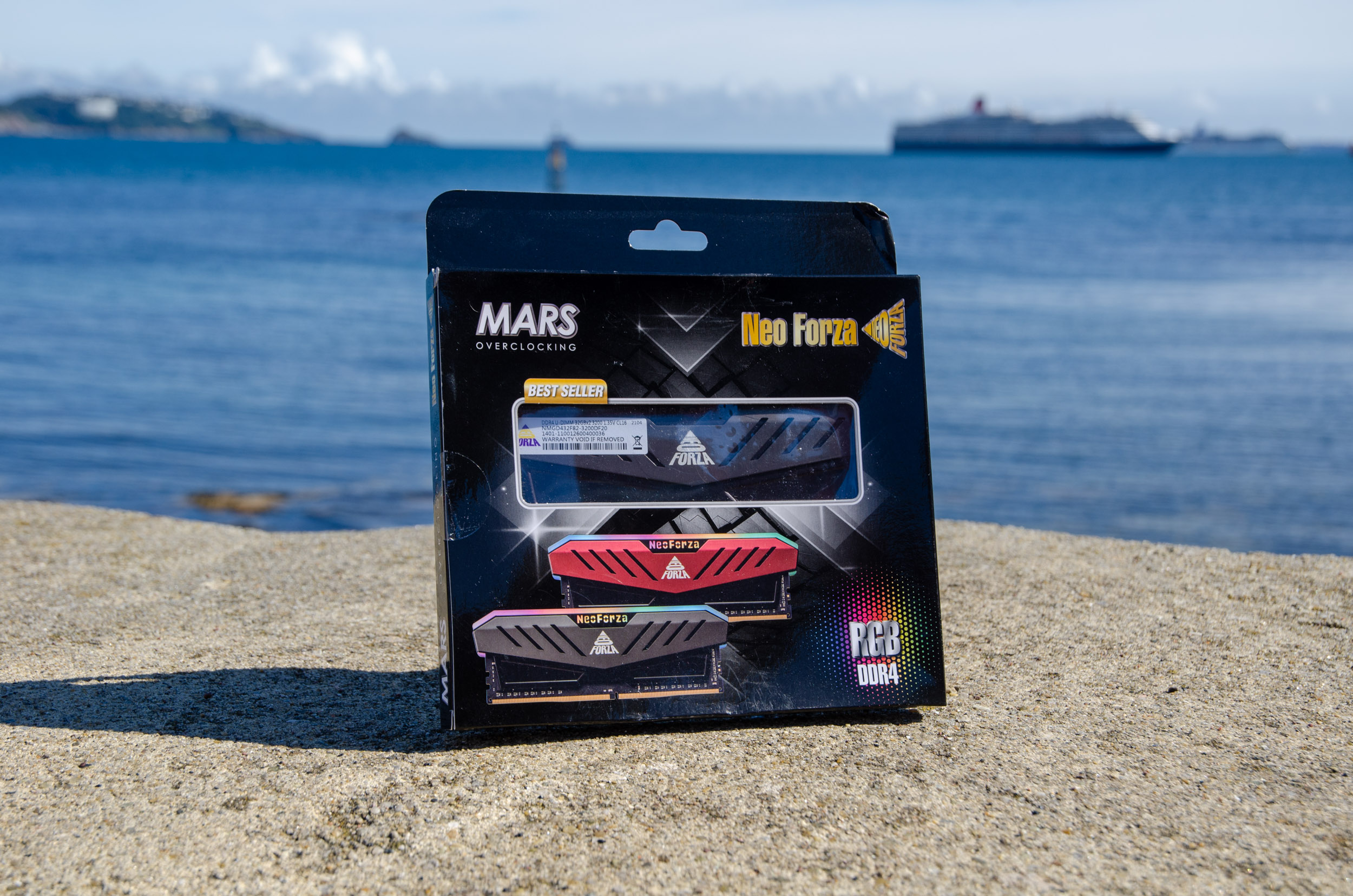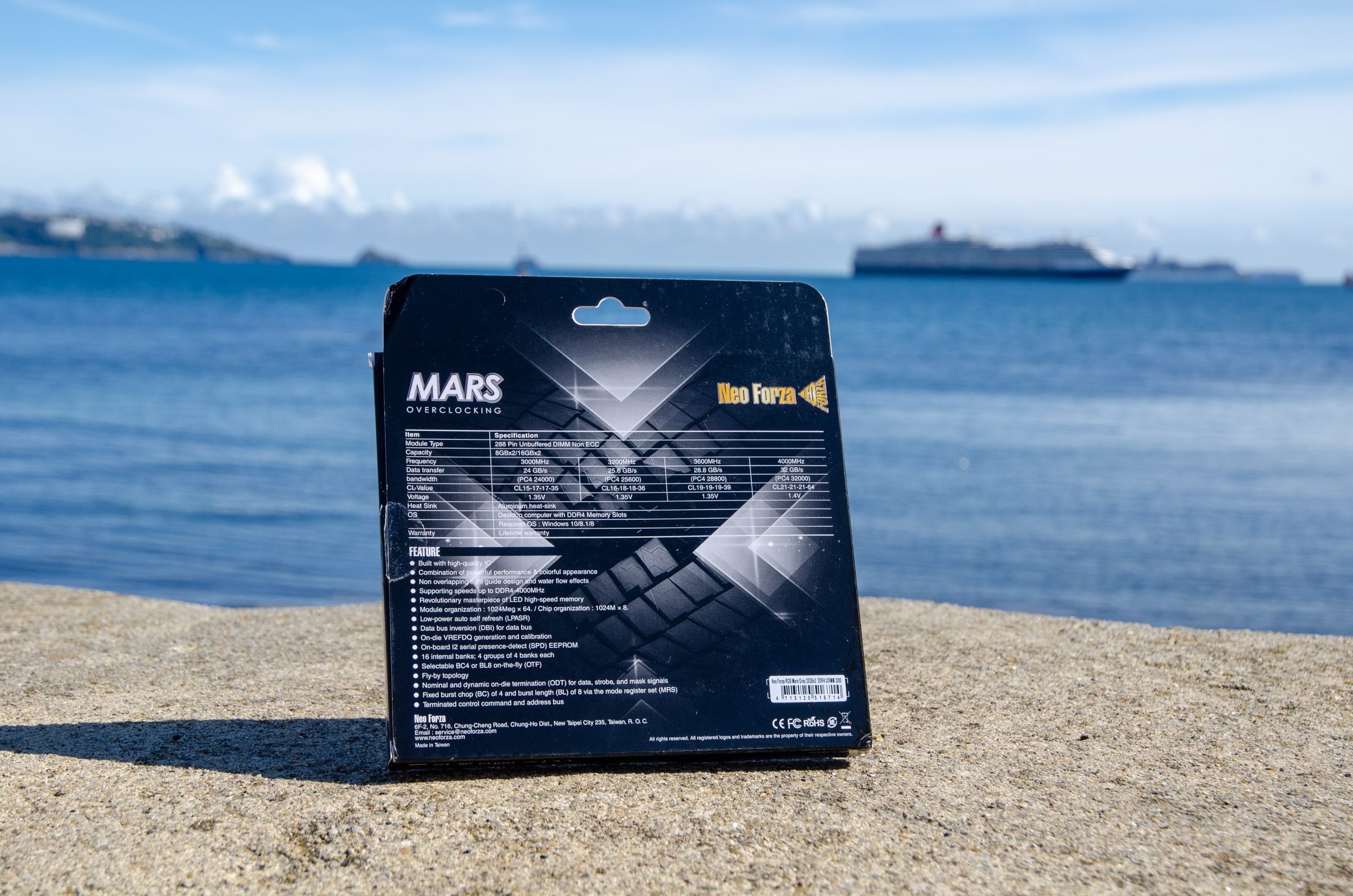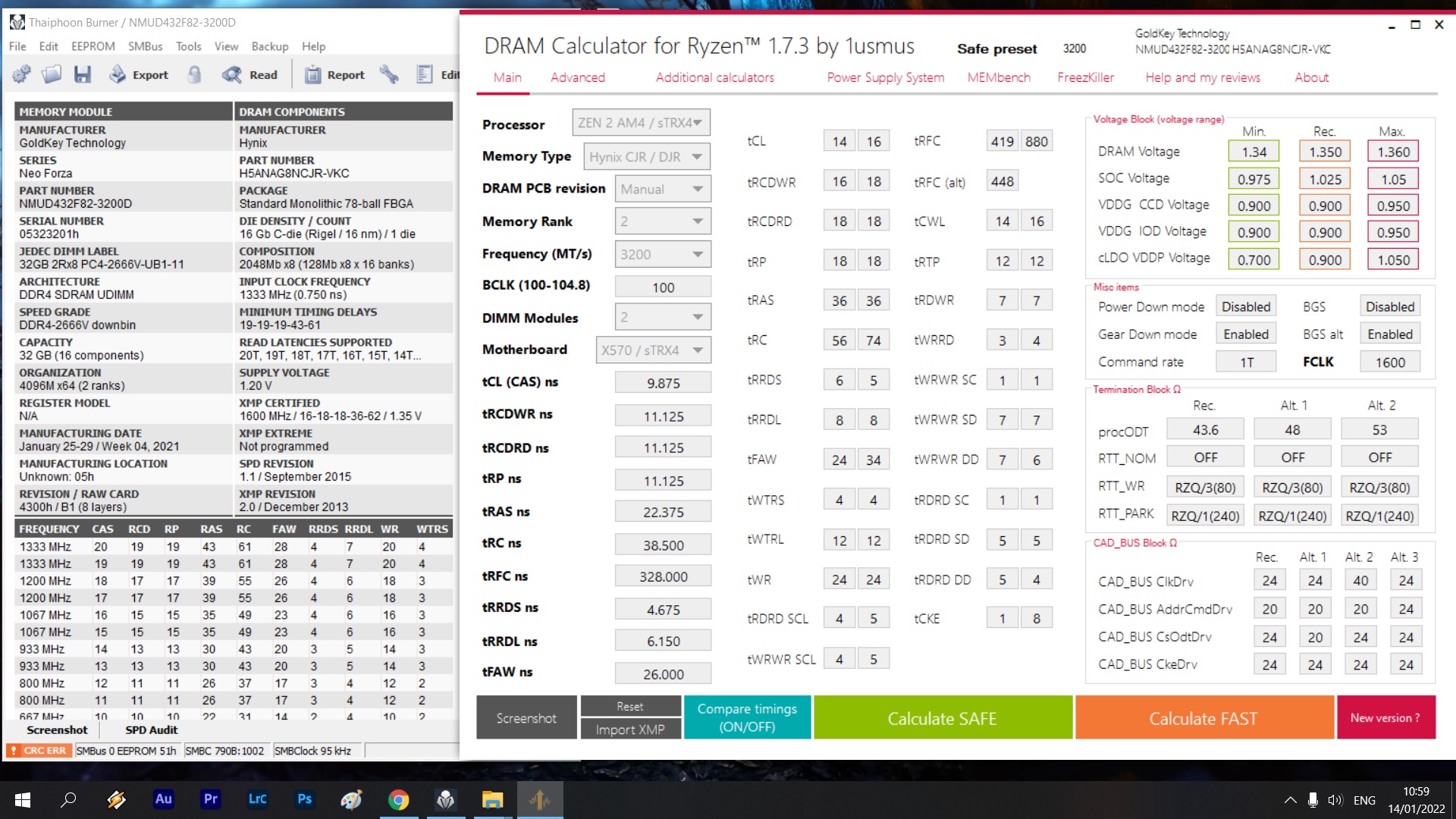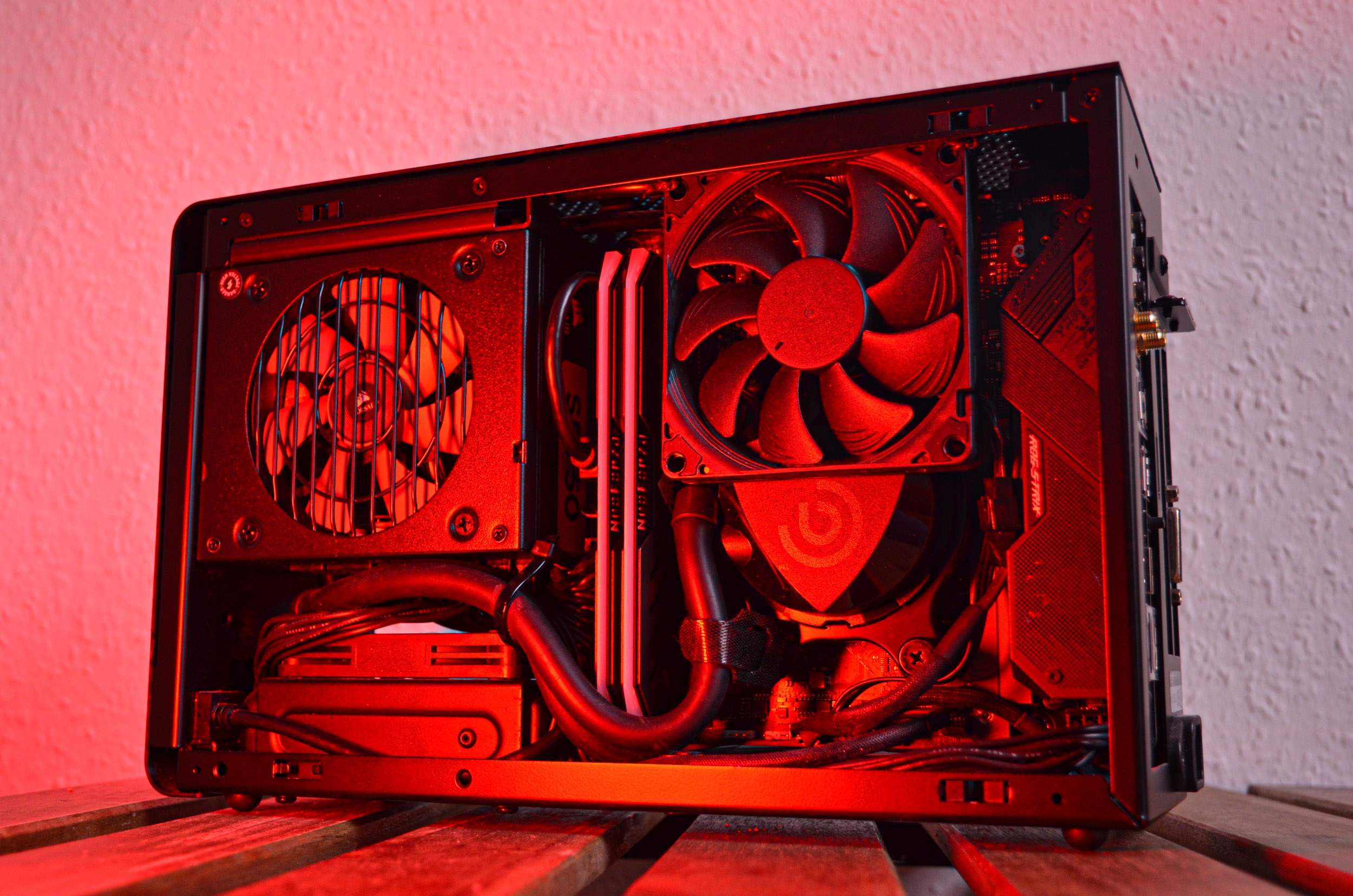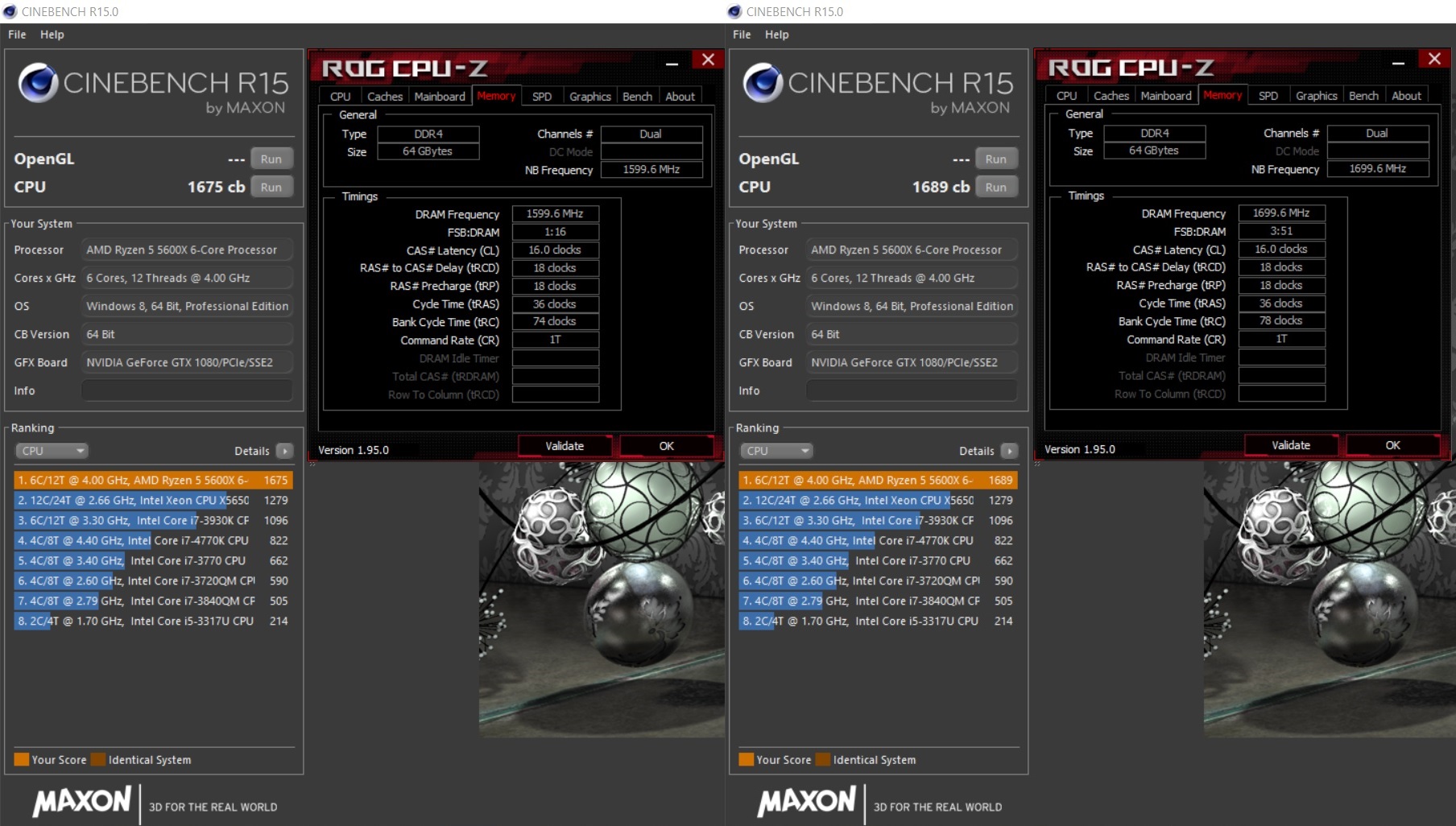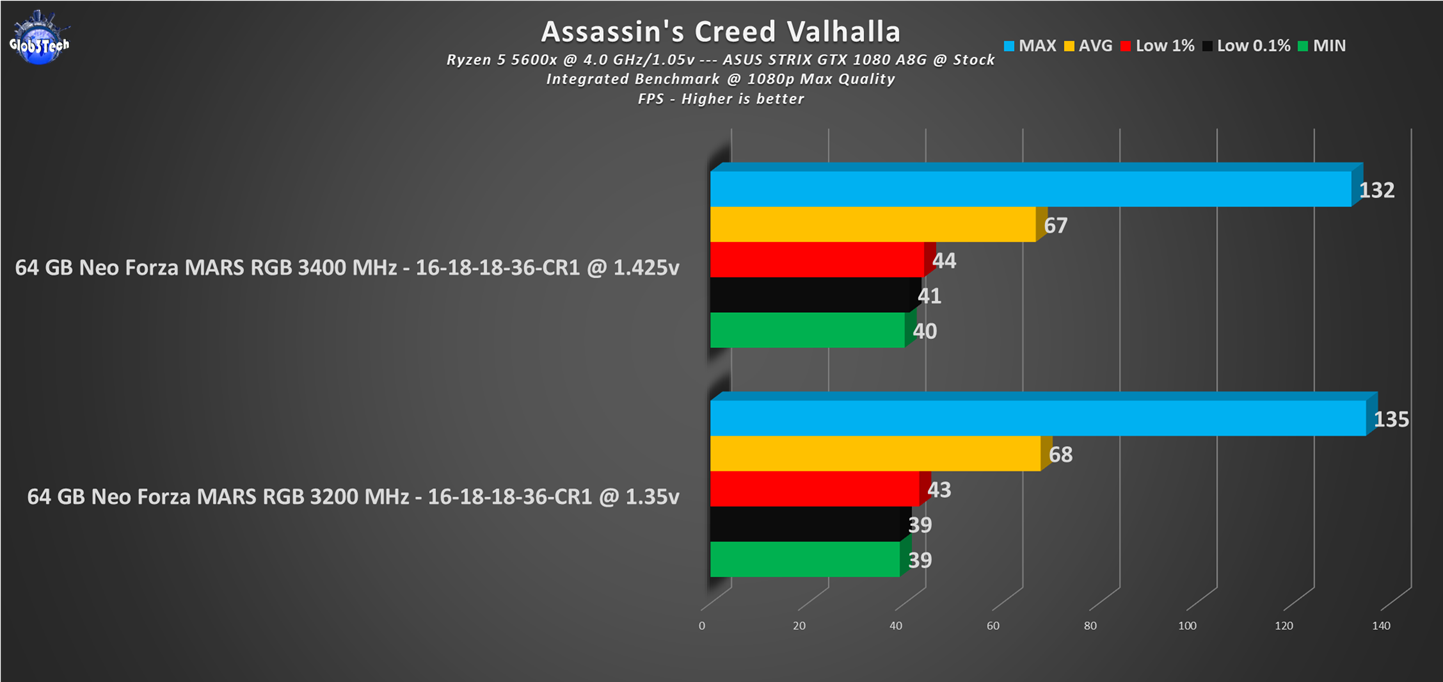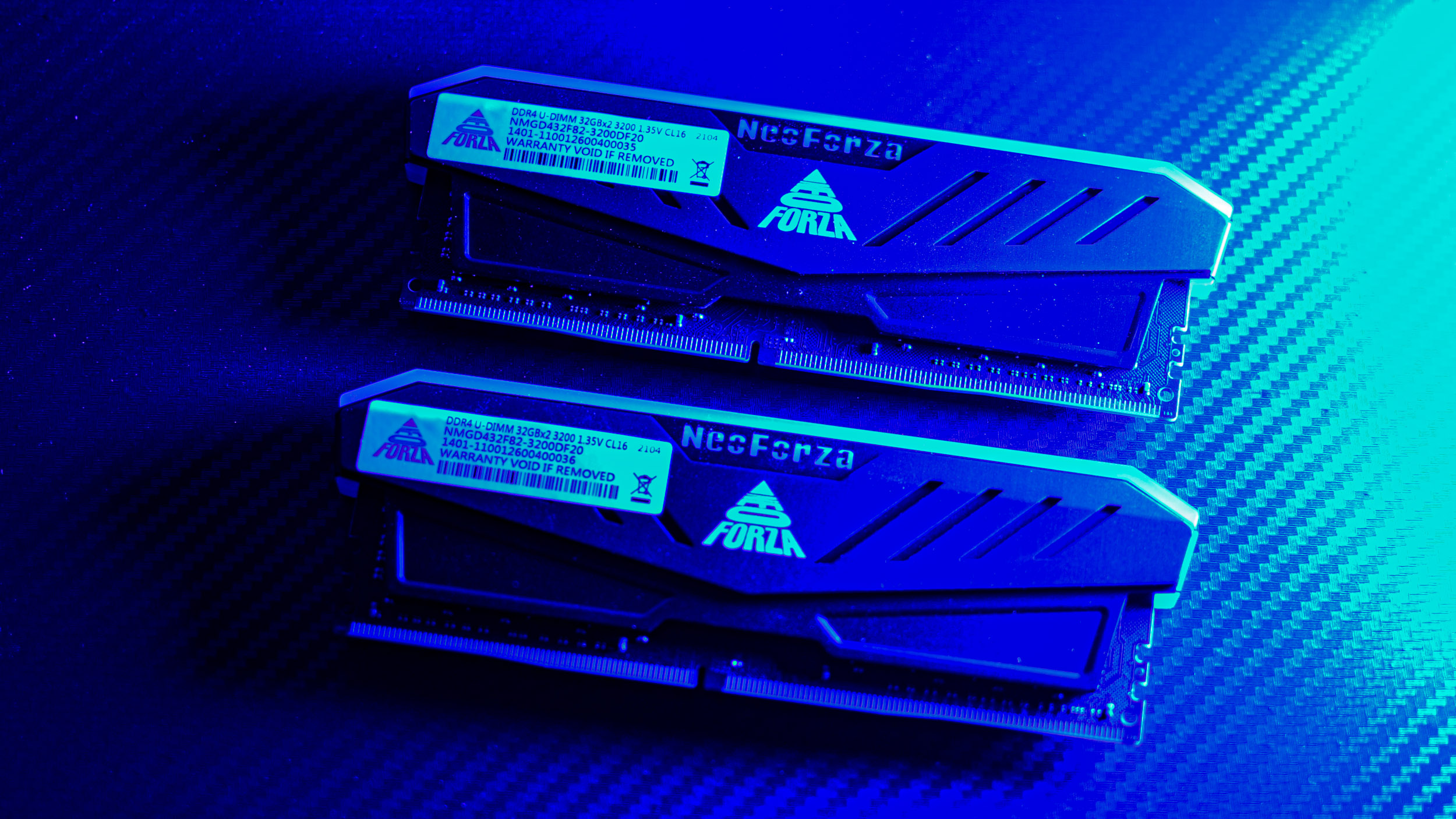
DDR5 is finally here but it’s elusive and overpriced similar to the current situation regarding graphics cards. Plus as per any new RAM generation that is released, they always start with looser timings and takes a while until manufactures reach the sweet spot of performance, latency and price for these kits.
Also Intel’s new Alder Lake LGA1700 platform supports both DDR5 and DDR4 but in separate motherboard configurations, so DDR4 still has full relevance in the markets.
Thus today let’s have a look at Neo Forza’s MARS RGB series in its max density configuration, of 32GB per stick. At 64GB per kit, this is the maximum you can attain on any ITX AM4 currently, so this is perfect for any heavy RAM users out there.
They started out as a I/C design house, after which they deployed DDR4 solutions. With that, they became OEM house for international brands for the past 15 years. They take pride in streamlining their wafer screen processes and basically obtaining multiple timings for any frequency. Thus their slogan “Capacity is Power, Speed is King” makes perfect sense. Meet Neo Forza, a new force in the gaming market.
Prices and Availability
This exact kit retails as per the date of writing, for $279.99 on Newegg. Considering the specs, current chip shortages and the fact that they come with RGB as well, they offer great value for money.
*06.02.2022 Update - Video review is live as well!*
Presentation and Specification
*Courtesy of their website.*
Neo Forza MARS RGB DDR4 overclocking memory is designed with image of blades. Symbol of Mysterious and sharp. Finest components for best performance and durability Light Bar LED will glow with three primary colours, red green and blue light are added together in various ways – Sleek looks and cool, high speed performance.
Specs:
* Module Type: 288 Pin Unbuffered DIMM Non ECC
* Capacity: 32GB x2
* Frequency: 3200 MHz
* CL-Value: CL16-18-18-36
* Voltage: 1.35v
* Heat Sink: Aluminum heat-sink
* Warranty: Lifetime Warranty
Visual Inspection and Installation
We already covered this series a while back so today it’s going to be mainly a refresher. All the Neo Forza MARS RGB kits come in the same packaging with minimal yet effective branding. The front features a quick cut-out to see one of the actual sticks inside.
The backside features the complete MARS specs and line-up while below that chart we have a list of its main highlights. Inside, the memory modules are safely secured in a transparent plastic clamshell.
Behold the 10-layer PCB, double sided aluminium IB-Cool made heatsinks, MARS RGB kit in grey (the other option is red for the same design of heat spreaders).
Zooming in onto the specs sticker, we are informed about the operating specs, as in each stick runs at 3200 MHz with a CL16-18-18-36 timing @ 1.35v.
They are full RGB compatible with all of the main motherboard vendors and their respective lighting software. The top lightbar will facilitate all the illumination and even the “Neo Forza” cut-out will light up.
They are ITX friendly at around 49.5mm tall, at least for our testing build @ the DAN A4-SFX enclosure.
Regarding the RGB, the overall light diffusion is even and bright enough to be noticed without being too intrusive.
Testing Methodology
We will employ a run of synthetic benchmarks at their X.M.P/D.O.C.P value of 3200 MHz for 1.35v @ CL16-18-18-36 and then try to OC them.
Regarding overclocking, there is not much you can squeeze out of them because of their high density per stick. We did try some tighter timings like CL14-16-18-36 via the Ryzen DRAM calculator but not much luck for complete stability even at 1.45v. So we settled for a respectable +200 MHz bump in frequency, by retaining the D.O.C.P profile and just manually increasing the MHz in the bios, for 1.425v (with a small penalty for the tRC sub-timing - from 74 to 78). There was no need to touch the Infinity Fabric (more in-depth here) since we will never go above 3600/3733 MHz.
The last point to mention here is that we have updated the CPU (from a Ryzen 3 3100 to a Ryzen 5 5600x) and the main testing game (Assassins Creed Valhalla) to its latest patch - thus our tests for today will only include the stand alone results, since we can’t reuse the results from the older graphs (those kits are no longer available to be retested).
Regarding the new CPU, the Ryzen 5 5600x Vermeer AMD AM4 CPU was manually OC’d to 4.0 GHz on all cores around 1.05v just to maintain a flat and constant performance output because in stock form we noticed that the BIOS will pump randomly so much voltage into the CPU to attain its advertised boost clocks that we constantly got mixed results. This solves this issue and also greatly helps with our overall temperatures in this ITX build.
Hardware used:
- CPU: AMD Ryzen 5 5600x @ 4.0 GHz/1.05v
- CPU Cooler: Asetek 645LT 92mm AIO
- Motherboard: ASUS ROG STRIX B550-i Gaming mITX @ BIOS 2407
- RAM: 64GB Neo Forza MARS RGB 3200 MHz CL16
- Boot SSD: Samung 970 PRO 1TB M.2 Gen3x4 MLC PCIe NVMe 1.3
- Video card(s): ASUS GTX 1080 STRIX A8G
- PSU: Corsair SF750 SFX Platinum
- Case: DAN A4-SFX V4.1 ITX
- Case fans 92 mm: Noctua NF-A9x14 HS-PWM.chromax.black.swap
Software:
- OS: Windows 10 Pro x64 Version 21H1
- NVIDIA Drivers - 497.29
- CPU-Z v1.95 - To verify the CPU’s and RAM’s statistics
- 7-zip v19 - A popular file archiver with a built benchmark tool
- AIDA64 Extreme v6.60 - Memory analysis and Benchmark suite
- Geekbench Pro v5.2.5 - Great overall benchmark suite of tests
- Cinebench R15, R20 & R23 - Great CPU benchmark tools
- DRAM Ryzen Calculator v1.7.3> - AMD based utility that helps with memory overclocking
- Thaiphoon Burner v16.7 - Advanced DRAM info utility
- 3D/Game(s) - Assassin’s Creed Valhalla set at FHD, with everything at Max quality Settings, no V-Sync
Testing, Results and Analysis
Let’s start with the CPU intensive benchmarks - Cinebench’s R15, R20 and the newly released R23. These are not a direct test for RAM but more an indirect help to the CPU to get better results. On the left we have the stock specs while on the right we have the OC +200 MHz scenario. All 4 scenarios displayed a (small) proportional increase in performance. To mention further that R23 can display single core results as well which also scaled in a positive way.
Next up is the integrated memory benchmark from AIDA64 so we can inspect the overall read, write and copy bandwidth. All of the main bandwidth tests displayed an increase and even the latency was marginally improved.
7zip is a popular file archiver with a built benchmark tool. It will give us an overall performance index measure din MIPS (million instructions per second) which measure the compressions and decompression capability. Things scaled here as well.
The last synthetic test comes from Geekbench which gives us an overall performance index for both single and multi core scores. Nothing major, merely empirical gains.
Now for a gaming session, one benchmark run in the latest Assassin’s Creed title, Valhalla. With games, the numbers only tell a part of the story so please check the video so you can see the actual fluidity since there isn’t much difference with this small OC.
Conclusion
This kit is primarily intended for heavy RAM users that actually need this much headroom. Acknowledging this and then taking in account the current market situation with DDR5 in the mix, this Neo Forza MARS kit offers quite ample value for money, with literarily the RGB cherry on top. To squeeze a bit more performance out of them, in either tighter timing department or a quick frequency bump, is mostly luck depended since they are not built for that due to their higher density. Overall, they perform great out of the box, they are cool looking and DDR4 looks to be fully relevant for at least another cycle.
The good:
+ Excellent performance out of the box
+ Maximum density per stick for desktop grade DDR4
+ Fully RGB compatible
+ Good looking heat spreader design
The bad:
- Little OC headroom but it’s understandable given its high density per module
Glob3trotters “Editor’s Choice” Award 5 out of 5



